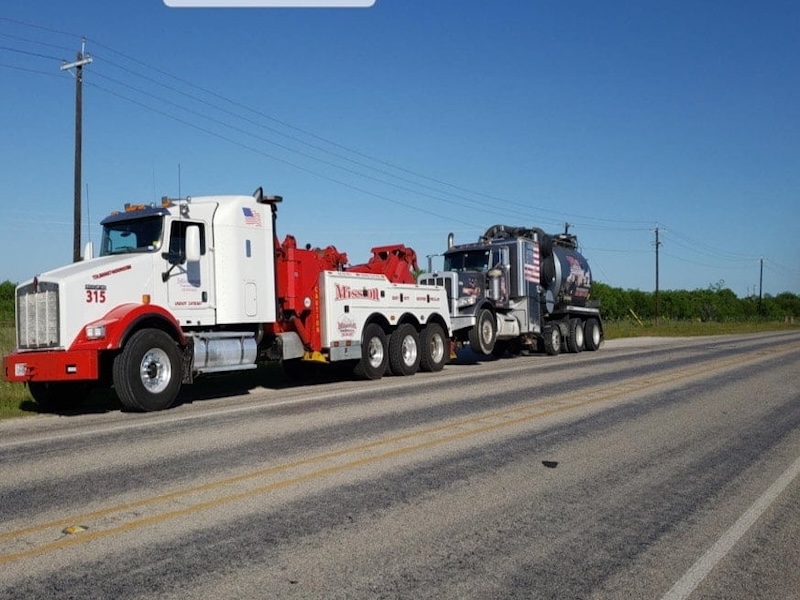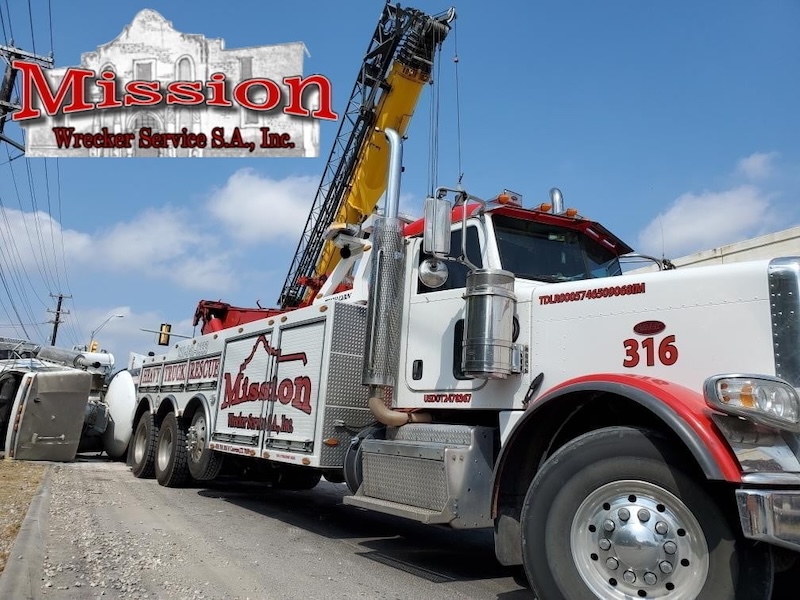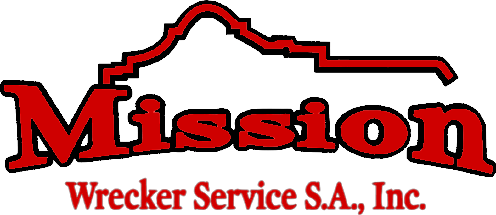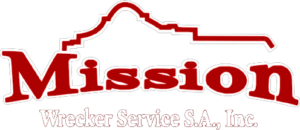Life on the Fast Lane
Towing on a highway like I-10 is never as simple as it looks. Between high-speed traffic, unpredictable weather, and tight spaces, there’s a lot that can complicate a highway recovery. We know this firsthand, as I-10 towing requires us to stay prepared for anything. Whether it’s a stalled vehicle during rush hour or a serious accident late at night, each situation brings its own set of challenges.

The Process
I-10 is a busy corridor that stretches across multiple states, and towing on such a major highway requires quick response times. We often deal with vehicles in tough spots—on the shoulder, in the middle lane, or in construction zones. One of the first steps in I-10 towing is ensuring the safety of both the vehicle occupants and the drivers passing by. Setting up clear warning signs, lights, and safety measures is crucial to avoid further accidents.
Once the area is secured, we use either a flatbed or a wheel-lift tow truck, depending on the type of vehicle, time and space available. For heavier loads, like trucks, heavy-duty equipment is required. The traffic flow on I-10 often means we need to act fast while avoiding creating traffic jams or additional hazards for other drivers.
The Challenges
I-10 towing is much more complicated than regular street towing. Here are a few of the challenges we face every day:
High speeds
High speed limits on our interstates means there’s always a risk while pulling over to the side of the highway. Traffic doesn’t always slow down, and that makes setting up safety zones tricky. It’s one of the reasons why we work quickly to secure the area before beginning any towing operations.
Weather Conditions
We might face extreme heat, heavy rain, or even fog. These weather conditions can make both driving and towing much more hazardous.
Accident Clean-Up
Not all tows are simple breakdowns. Sometimes, we have to handle serious accidents. This means removing debris, towing wrecked vehicles, and working closely with law enforcement to make sure everything is cleared safely.
Lack of Accessible Pull-Offs
Unlike city streets, there aren’t always easy pull-off areas. In some cases, we have to find creative ways to safely tow vehicles off the road without proper shoulders, which can complicate the process.
Working With Emergency Services
I-10 towing isn’t just about moving vehicles. It often involves close coordination with emergency services. When an accident happens on I-10, law enforcement, fire departments, and EMTs are usually on-site. We work as part of this team to ensure the area is safe and that traffic is managed efficiently. Communication is key in these situations. We have to stay in constant contact with police officers and other first responders to decide the best approach for towing and clearing the area.
Here’s how we collaborate during major incidents:
- Traffic control: Police officers help us manage the flow of traffic while we work, ensuring the safety of both drivers and our crew.
- Scene safety: Firefighters may be involved in containing hazards, like oil spills or fires, while we work on removing vehicles.
- Medical assistance: EMTs focus on helping injured drivers or passengers, and we coordinate with them to ensure their access isn’t blocked by towing operations.
This teamwork is essential for making sure that I-10 towing is done safely, even in the most chaotic situations.
Safety First
Safety is at the heart of each I-10 towing operation we undertake. We’re often working in high-pressure environments, with vehicles zooming by at high speeds. Wearing the proper gear, setting up safety barriers, and communicating with emergency services all help ensure that we get the job done without putting anyone at risk.

Mission Wrecker: Experience You Can Trust on the Highway
At Mission Wrecker, our team understands the ins and outs of highway towing. Whether it’s a simple tow or a complex recovery, we bring experience and professionalism to every I-10 towing job. We’re always ready to help get you back on the road.

